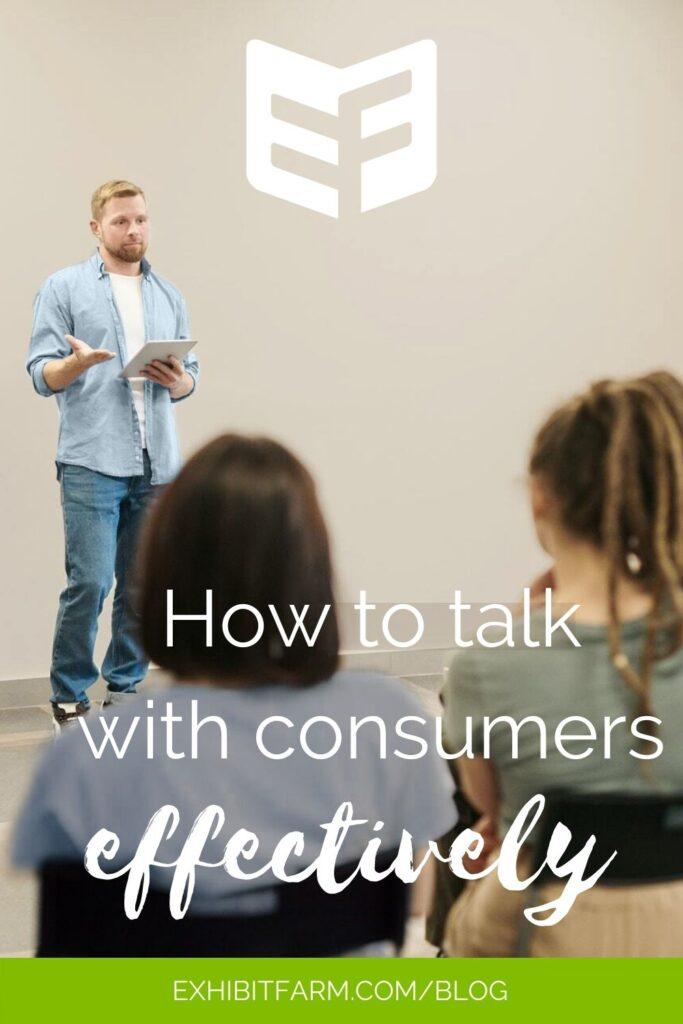
“Grass-fed” vs. “grass-finished.” “Antibiotic-free” vs. “raised without antibiotics.” “Not-organic” vs. “conventional.”
Recognize these phrases? In each case, there’s a term that non-farmers might use, and a term that people involved in ag are more likely to use. Even terms like “agricultural literacy” or “consumers” aren’t common outside the ag industry.
Why do we point this out? Because, just like any field, there’s a language barrier between folks inside the ag industry and folks outside. So one challenge to talking about farming with consumers is simply a practical matter of communication: how do you make sure people understand what you’re saying?
Avoiding Agriculture Jargon
Take the terms “conventional” and “organic.” Most people are pretty familiar with the word “organic” and have an idea of what it means. But what about the alternative to organic? People may not even know there’s a word for that; they may default to something like “whatever not-organic is.” So if you start talking with consumers about conventional produce, they may not understand you.
So what’s the strategy for getting past this barrier to ag literacy? For a first step, don’t assume people know what your terms mean. Phrases like “crop protection products” or acronyms like IPM or FFA may be second nature to you — you don’t even think of them as being jargon. But for someone who’s not familiar with agriculture, their meaning isn’t immediately obvious.
If possible, avoid using special terms to begin with. Saying “pesticides, herbicides, and fungicides” instead of “crop protection” takes longer, yes, and it isn’t as tidy. It does make you less likely to confuse people, though. “Pesticides” is a pretty common word, and “herbicides” and “fungicides” aren’t hard to figure out.
Talking with Consumers without Being Confusing
Also, encourage people to stop you and ask questions if they don’t understand something. In a presentation or speech, you could mention up front that you welcome questions. When you’re talking with consumers one-on-one, you’ll probably be able to tell if someone doesn’t get it.
What if you do confuse someone, then? Easy — just explain your term, clearly but without coming across as simplistic or patronizing. Being able to explain something clearly helps show that you really know what you’re talking about. It can also prompt people to ask more questions and open up further conversations. Which is the goal, right?
This particular barrier to ag literacy can actually become a springboard to increasing agricultural literacy, when you identify confusion and explain what you mean. After all, you want to find out what consumers don’t know so that you can address that particular area of agricultural literacy. So maybe calling this a “barrier” was a little premature. Maybe we should think of it as a starting point instead.
